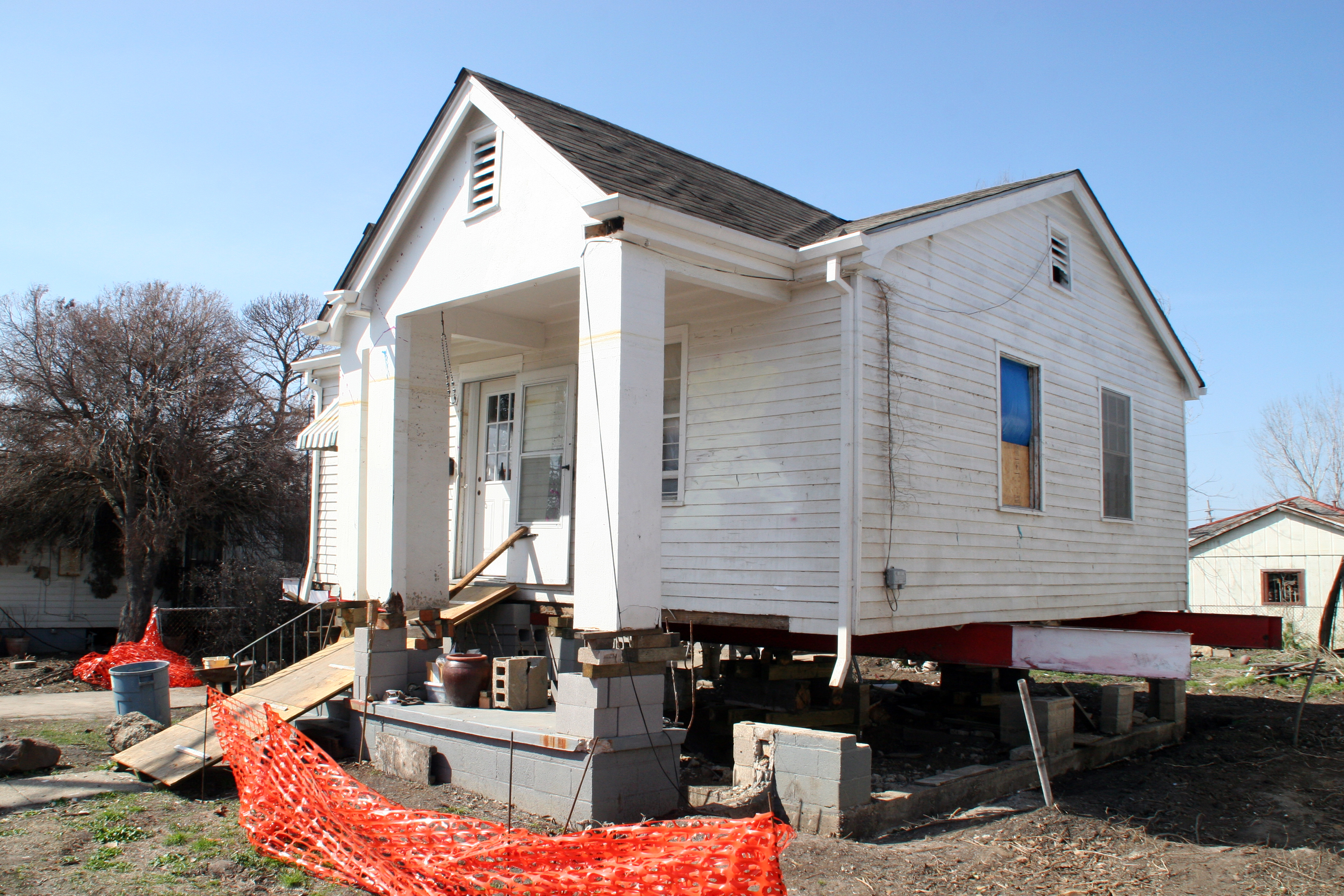Research Areas

Multi-lever Flood Risk Management
One near-to-medium-term effect of climate change is an increase in flooding hazard due to sea-level rise and changes in storm and precipitation patterns. 20th-century flood risk management focused on “hard” infrastructure such as levees and seawalls to control the flow of water. It is not clear that these strategies will be preferred in the future due to changes in risk from both the increased hazard and continued construction in flood-prone areas. Additionally, there are feedbacks between the human, built, and natural systems which lower the effectiveness of these measures and may perversely increase risk, particularly for the most vulnerable elements of society. We study multi-lever approaches to flood risk management, including hard infrastructure, zoning changes, and resilience-improving measures, and try to understand the magnitude and impact of feedbacks within the coupled natural-human system.

Climate Impacts On Power System Reliability
The relationship between the electric power system and environmental change is complex. Future changes to environmental risks such as heat waves and flooding can reduce grid reliability while increasing demand. Hydroclimatic variability may result in a weakening of hydropower as a firm, nonzero generation source over decadal time scales. And California has seen blackouts resulting from attempts to manage wildfire risks by power utilities. We investigate the impact of these mechanisms under deep climate uncertainty for today’s decisions about energy system infrastructure investments.

Multi-Sector Risk Dynamics
The growing interconnections between socioeconomic, engineered, and Earth systems can lead to complex, nonlinear dynamics. We are interested in understanding how environmental changes and other shocks propagate through multi-sector and coupled natural-human systems to generate risks.